What is 4-H and what benefits does it hold for families? Let’s take a closer look at this youth organization and learn more about what it means to be a 4-H family.
4-H 101
Did you know that every year at the beginning of October there is a National 4-H Week? It is a time of year to promote and encourage youth members to join 4-H. October is when the new 4-H year officially begins, so it is only natural that National 4-H Week falls at that time.
We are entering our fourth year as a 4-H family, and my kids have learned a lot by being involved in this organization. I thought I would take some time to share more about the history of 4-H, the pros and cons of 4-H, and how to get involved with 4-H.
History of 4-H
The history of 4-H goes all the way back to the early 20th century when small, informal agricultural groups for youth started to form.
The groups started to become more formal in 1910 when the clover leaf emblem was created, and by 1912, these groups started to be called 4-H clubs.
In 1914, the Cooperative Extension System was created and the 4-H clubs fell under the umbrella of this system. Essentially, it took 4-H to the national level.
While 4-H started in agricultural areas, by the 1950s, it started to expand into urban areas. To this day it still runs clubs in urban, suburban, and rural areas.
4-H has continued to evolve throughout the decades, but its emphasis on education, personal character development, and citizenship remains strong.
How 4-H Works
4-H Age Eligibality
Youth ages 7-18 are eligible to participate in 4-H. 4-H uses the age the youth was on January 1st of the current 4-H year to determine eligibility.
It is a bit confusing, but this is called the “4-H age.” For example, I have one child who has a January birthday. So if he was 9 years old on January 1st, then his 4-H age is 9 for the entire 4-H year, even though he technically turned 10 shortly after the beginning of the year.
I have another child with an October birthday. Her 4-H age and actual age line up better. So if she was 8 on January 1st of the 4-H year, her actual age is the same as her 4-H age for most of the year.
If you are still confused (it took awhile for me to wrap my mind around this “4-H age concept,” talk to your local extension office and they can help you determine your child’s age.
There is also a Cloverbud program for children ages 5-7. This program helps introduce younger children to 4-H, how it works, and the various projects that are available for participation.
4-H Clubs
The core of 4-H involvement is through local club membership. Youth join a 4-H club and from there they develop and work on their 4-H projects (more on those later)
Most 4-H clubs have a regular monthly meeting. These meetings focus on teaching youth basic parliamentary procedure and citizenship.
While each 4-H club has an adult leader to oversee the group, the meetings are actually run by the youth themselves.
Every year, each club elects officers who serve a one year term. Roles that are elected include, but are not limited to: President, Vice President, Secretary, Treasurer, Reporter and Parliamentarian.
At each club meeting, the youth leaders run through a parliamentary procedure. They begin with pledges, followed by roll call, and then move into the agenda.
As the meeting progresses, various items come to vote, which requires a youth from the group to make a motion, the motion must be seconded, then a vote is taken.
Announcements from adult and youth leaders are made.
Towards the end of the meeting a few youth members will give a Project Talk. This is an opportunity for them to gain public speaking skills and teach the other members of their club about a subject related to one of their projects.
Once all agenda items have been covered, the meeting is adjourned.
4-H also has an emphasis on leadership and citizenship. Usually at each meeting there will be some type of service project for the club members to participate in.
Our club has planted flowers in the local community, visited the local nursing home to sing songs, made cards and decorations for the nursing home, collected food pantry items, purchased Christmas gifts through Adopt-an-Angel, and made monetary donations to local organizations.
4-H Projects
In addition to membership in the local 4-H club, the youth also work on their 4-H projects throughout the year. There are numerous projects that appeal to a variety of interests, and they provide a wonderful learning opportunity for the youth.
From livestock, to home management, to STEM, and beyond, there is a plethora of options for projects for youth to participate in.
Here is a link to a good list of projects. Project availability will differ from one county to another. But this list gives a good idea of the options that are available.
Also, if a youth member wants to work on a project that does not fall under a formal project category, the youth can do a self directed project.
Some projects require membership in an additional club at the county level. For example, my daughter is involved with the horse project and is therefore also part of the county-wide horse club that meets once a month. This club has separate meetings that also run under the same parliamentary procedure as the local 4-H clubs.
Though it is not required, youth have the option to submit their projects to the county fair for judging. 4-H uses the Danish system for ribbon placing. Which means the entries are judged to a standard, rather than against each other.
That means there is no first, second, third, etc. placement. Instead, the ribbons stand for a standard and multiple entries can receive the same color ribbon. Typically within a class a grand champion and reserve champion will be selected out of the selections that received purple ribbons (purple is the highest color ribbon, followed by blue, red, and white).
At the end of the 4-H year (the 4-H year runs from October-September of the following year) the youth submit a project report for all of the projects they participated in.
The project report summarizes the goals that the youth had for the project, and also allows the youth to share about any learning, citizenship, and leadership opportunities they did. They also keep track of the finances involved with their project.
Pros and Cons of 4-H
Overall our family has had a very positive experience with 4-H, but that is not to say it has not been without its faults. Here are some of the pros and cons that our family has experienced.
Pros
-I really appreciate the civic engagment that comes along with 4-H. I like that my kids are involved in the local community and that there are a lot of leadership opportunities available.
-4-H is a great way to develop public speaking and communication skills. From giving project talks at the club level to sharing about their projects with the judges at the fair, my children have been stretched in a positive way to clearly communicate.
-There are so many ways to teach responsibility to your children through 4-H. This has been particularly evident through my children caring for their livestock.
-I find so much value in the opportunity to learn new skills. My children have learned so much, and every year they are excited to take on new projects that continue to encourage the growth of new skills and solidify skills previously learned. And a great benefit for myself is that I get to learn right alongside them!
Cons
-Sometimes the communication that comes from 4-H leadership can be confusing. Each county operates independently, which is great. But that also means that how 4-H is managed from one county to another can be quite different. I have friends who’s children participate in 4-H in a neighboring county, and their experiences are quite different than ours.
-In our experience, 4-H leans towards traditional agricultural methods. This can be a challenge for my family as we use regenerative agricultural methods on our homestead. My children have, on occasion, received lower scores on certain projects simply because our management methods are different than what the judges are used to.
-When my children select a new project, there may not be a leader at the county level who can help us with the project. That means we have to dive in and figure out everything on our own. While you can purchase materials from the national 4-H office for each project, I have not found the resource books to be particularly helpful. We usually end up muddling through the project and figuring it out as we go.
-Honestly, the world of 4-H can be quite overwhelming and intimidating, especially for a first year family. We really had no idea what was going on for much of the first year. We were consistently told to ask questions, but sometimes I just got tired of having to ask questions about so many things.
How to Learn More about 4-H
If you are interested in learning more, I highly encourage you to take a look at the National 4-H website.
If you are interested in joining a 4-H club, you can contact your local county extension office and ask for more information. My local extension office recommended that we visit a couple of clubs before deciding which club to join. You can find the contact information for your extension office by searching here.
Our extension office provided me with a list of all the clubs in our area, along with the contact information for the adult leaders of each club. I called four club leaders for the clubs that were closest to us geographically. From there we visited two of the clubs that I had been in contact with, and then made our decision about which club to join.
I think that was a great way to ensure we found a club that fits our family well. We are so happy with our club. It is has a strong adult leader, the club is active and engaged, and the youth are very respectful of one another.
4-H at Home
The National 4-H recently started a program called “4-H at Home” that has a lot of free learning resources. It is a great way to dip your toes in the water if you are interested in joining 4-H. You find those resources here.
4-H Pledge
To end, I would like to share the 4-H pledge. At each club meeting, after the Pledge of Alliegance is recited, the 4-H pledge is recited. This is what the “four Hs” stand for (Head, Heart Hands, Health):
I pledge my head to clearer thinking,
My heart to greater loyalty,
My hands to larger service,
and my health to better living,
for my club, my community, my country, and my world.
Conclusion
Have you ever been involved with 4-H? What was your experience like? What projects do you think would be the most fun to participate in? Share your comments below!
Also, I am happy to answer any questions you may have about 4-H!
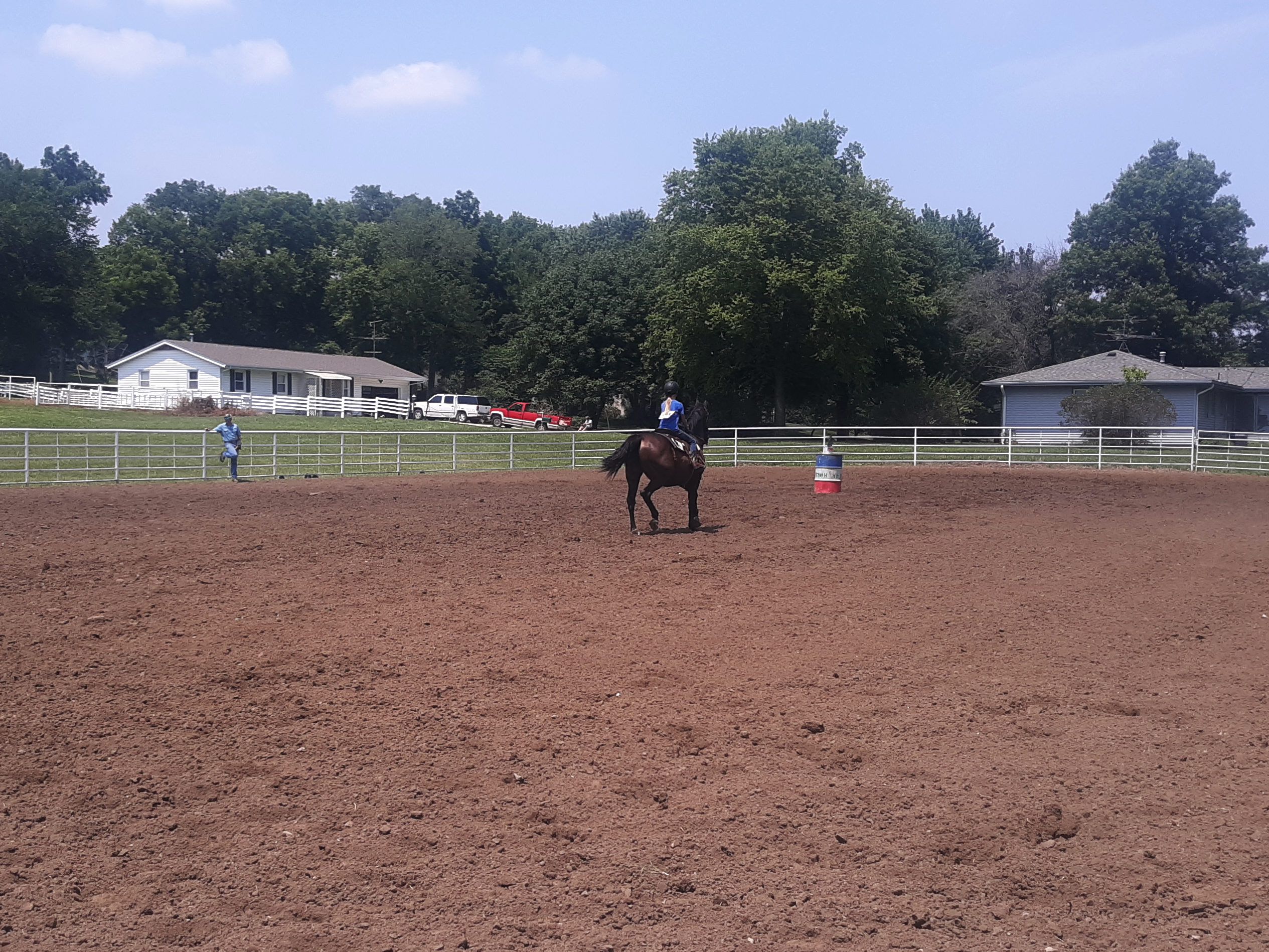
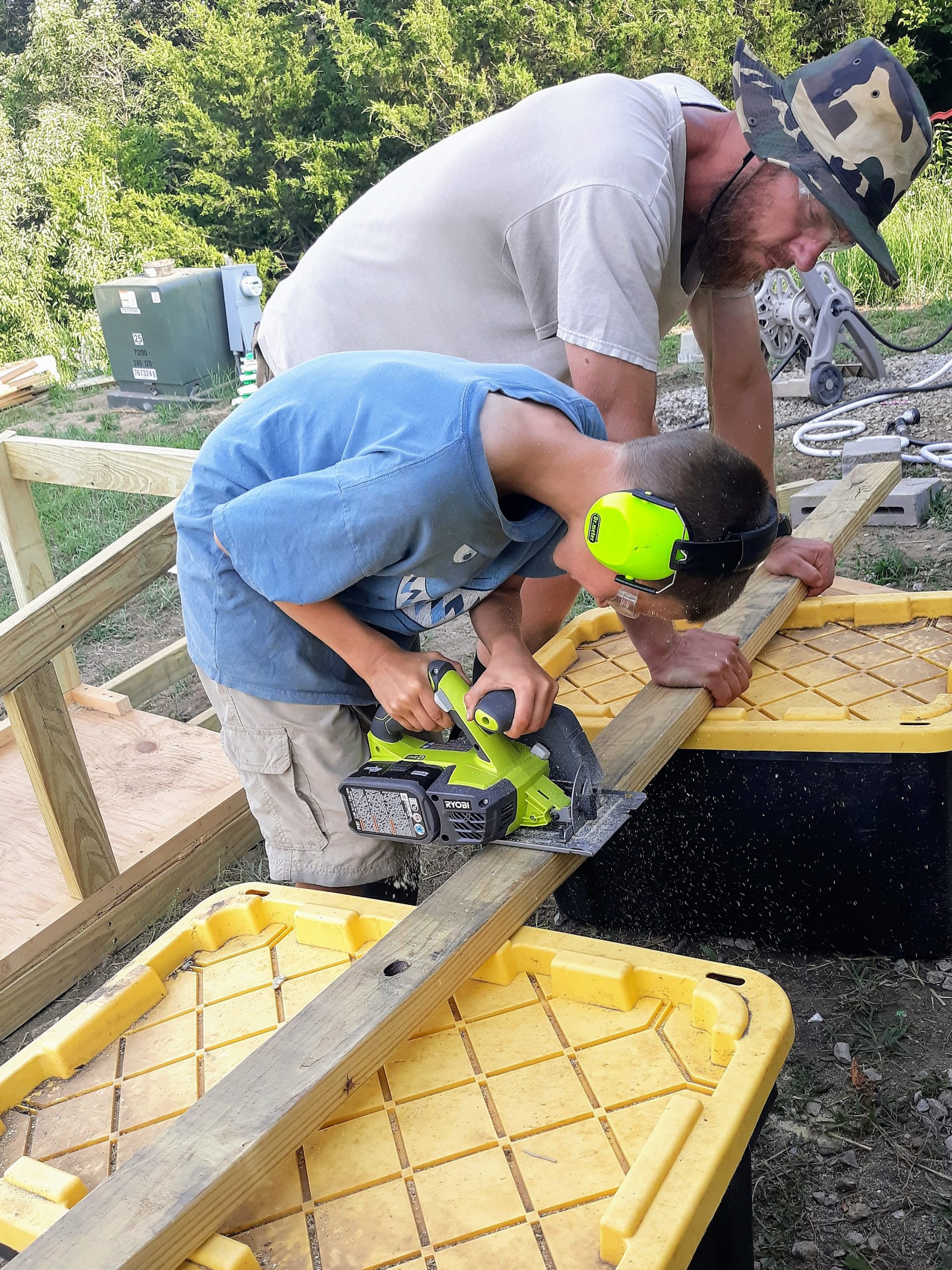
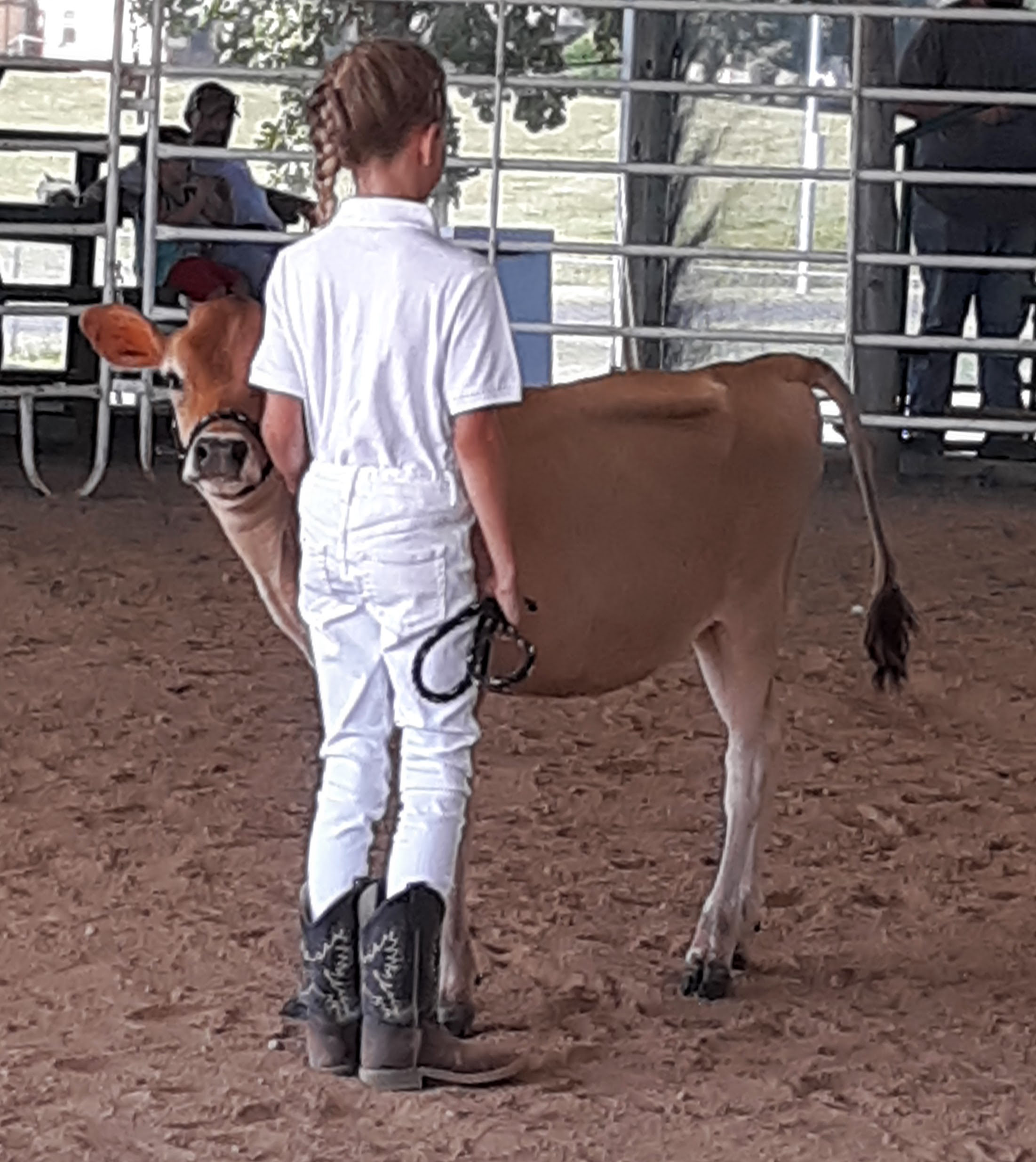
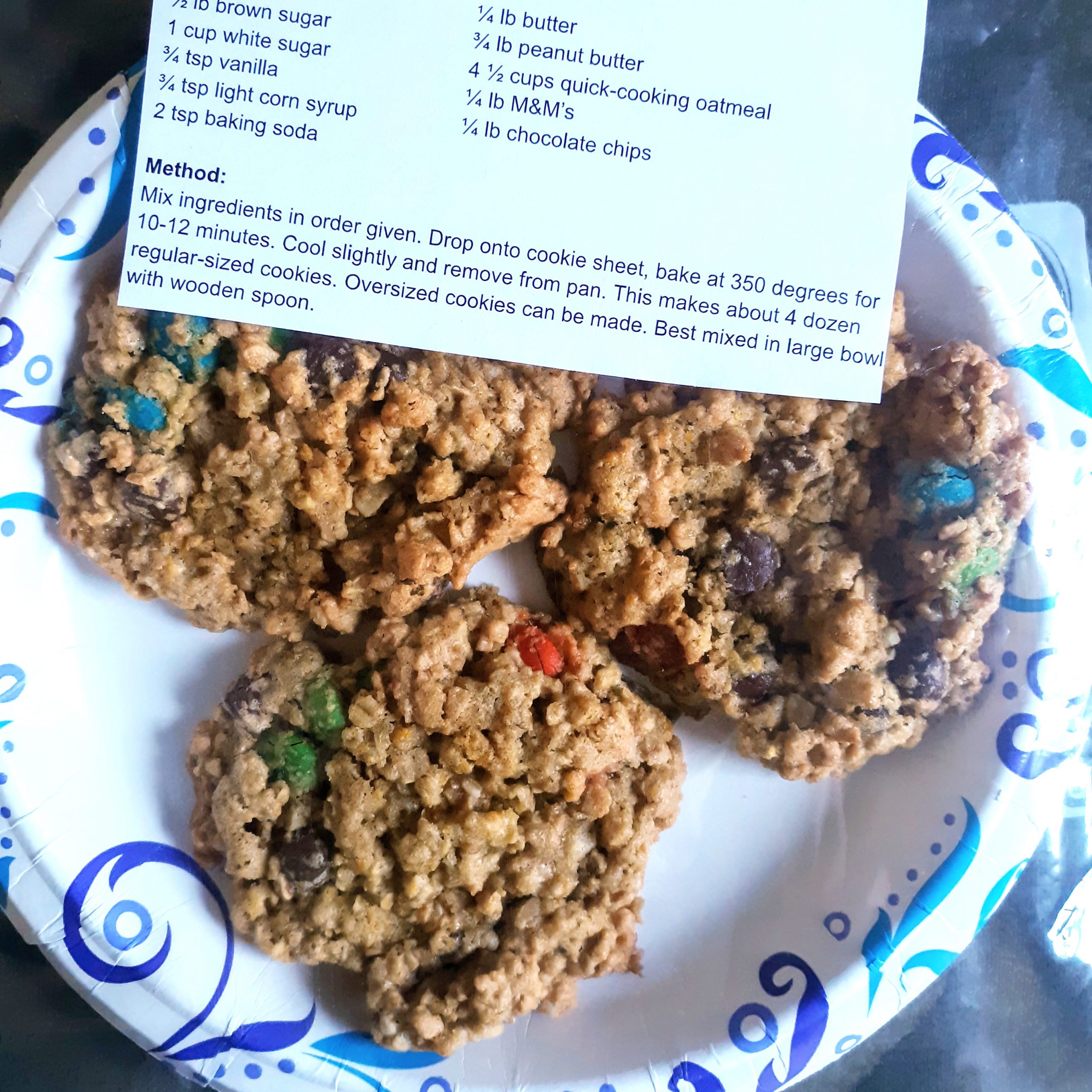
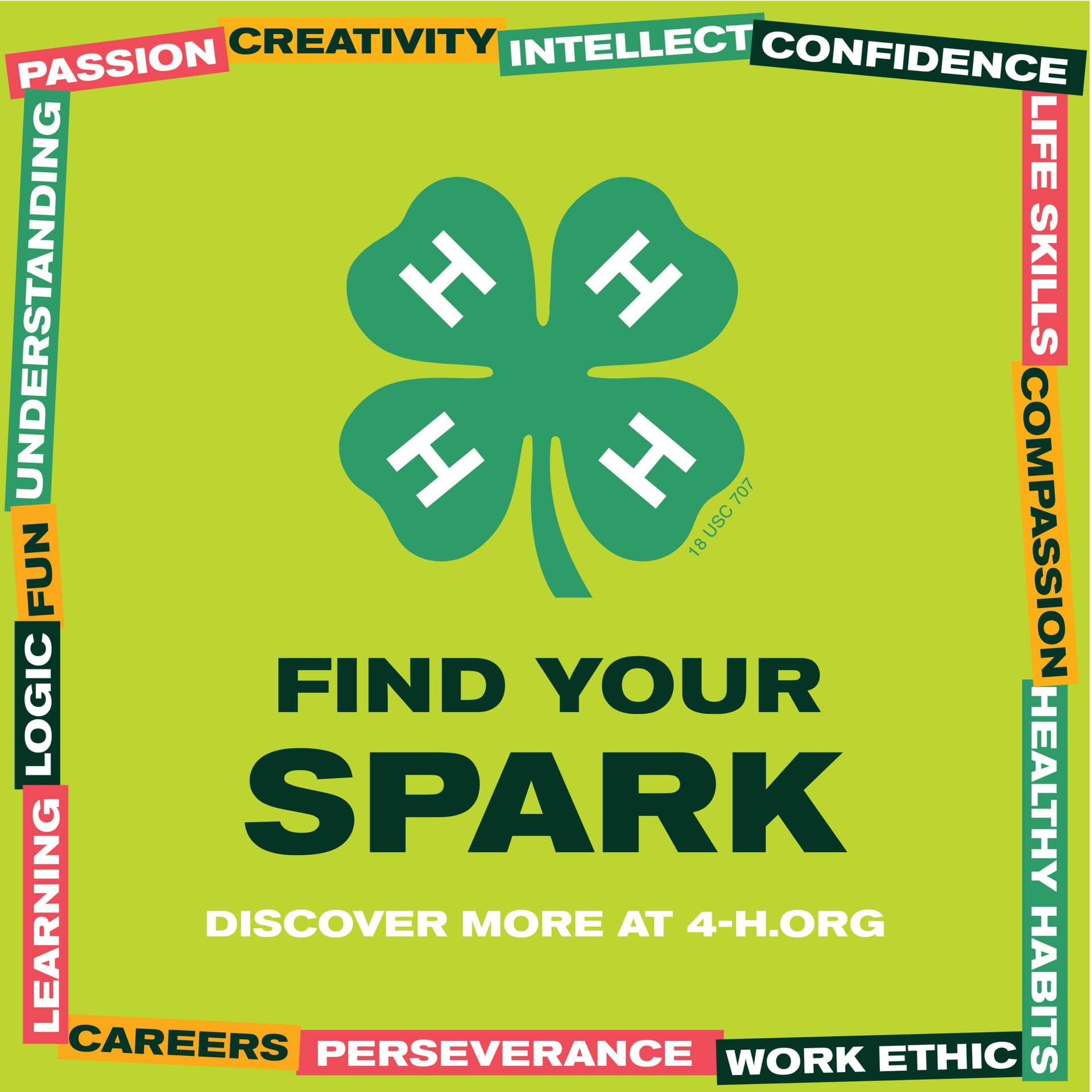
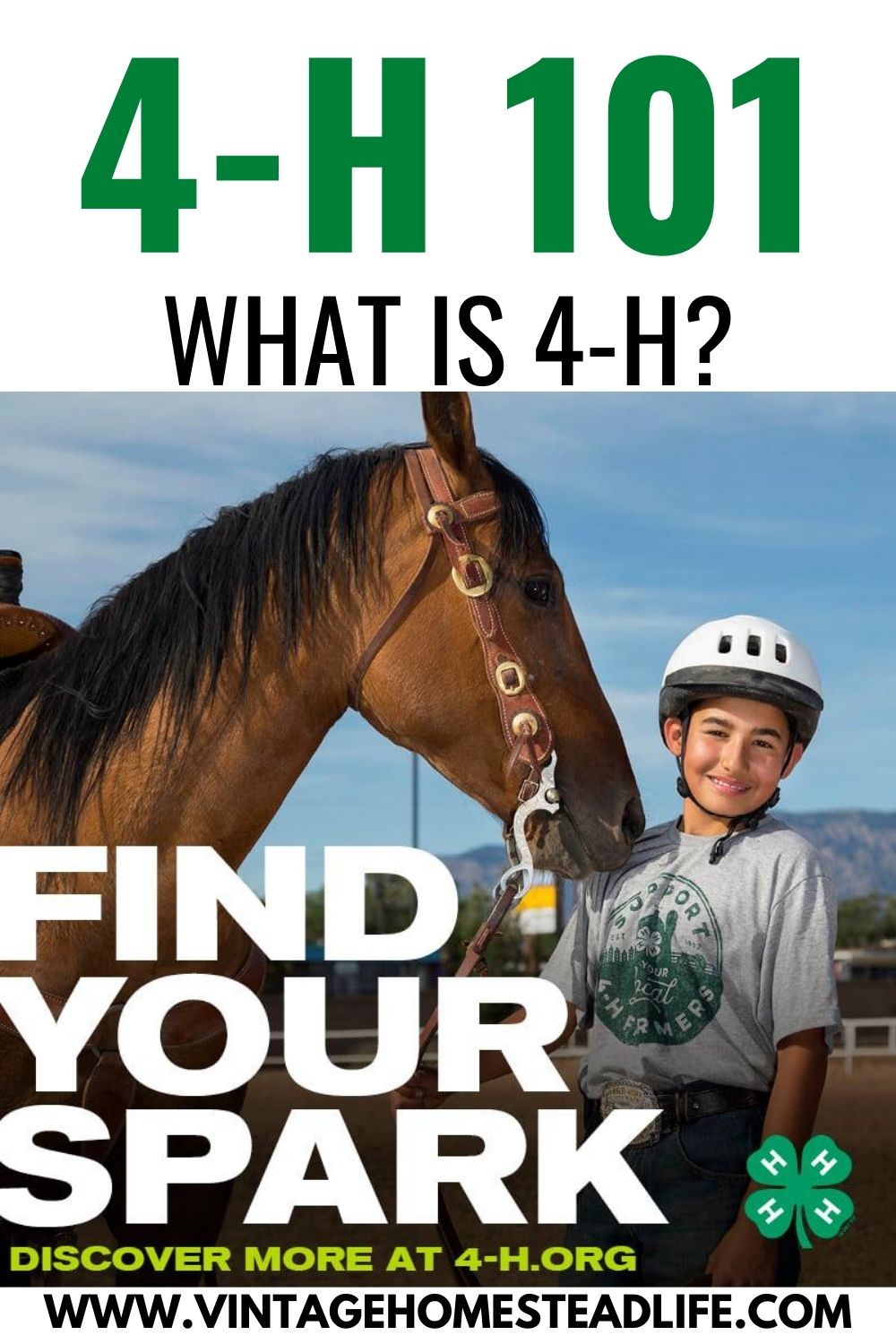

Leave a Reply